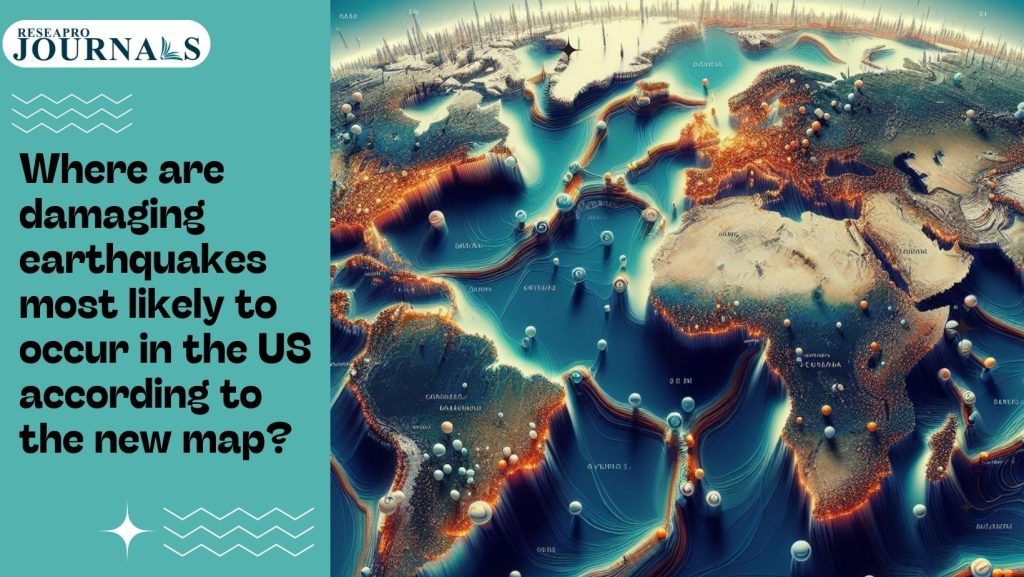
The new map identifies earthquake-prone areas in the US, highlighting regions with heightened seismic activity and the potential for damaging earthquakes. Major fault lines, such as the San Andreas Fault in California and the Cascadia Subduction Zone in the Pacific Northwest, pose significant seismic risks. Urban areas situated near these fault lines, including Los Angeles and Seattle, face higher earthquake probabilities. The map considers historical seismic data, fault line interactions, and geological characteristics to assess earthquake likelihood. Understanding these risk zones is crucial for implementing robust building codes, emergency preparedness, and infrastructure resilience to mitigate the impact of potential earthquakes on communities across the US.

